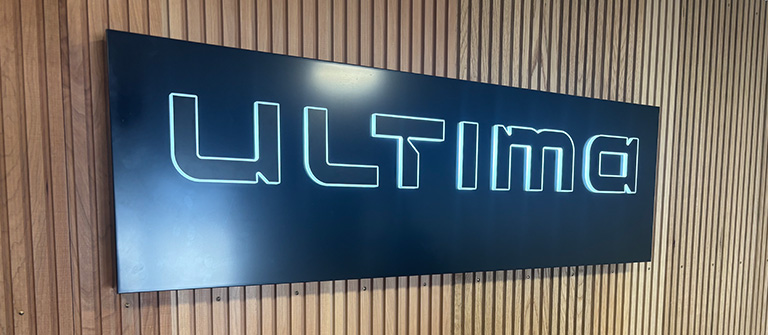High-Pressure Laminate (HPL) panels and Melamine panels are two popular choices in the world of interior design and construction. While both materials have their merits, HPL panels offer several quality advantages that make them a superior choice in various applications. Here are ten compelling reasons why HPL panels stand out compared to Melamine panels.
1. Durability and Longevity
HPL panels are known for their exceptional durability. They are created under high pressure and temperature, which results in a dense and robust surface. This makes them resistant to scratches, impacts, and general wear and tear. In contrast, Melamine panels are less durable and can easily chip or scratch, leading to a shorter lifespan, especially in high-traffic areas.
2. Moisture Resistance
One of the most significant advantages of HPL panels is their superior moisture resistance. They are less susceptible to water damage, making them an ideal choice for areas prone to humidity, such as kitchens and bathrooms. Melamine panels, although somewhat moisture resistant, can swell and become damaged when exposed to excessive moisture over time.
3. Ease of Maintenance
HPL panels are easy to clean and maintain. Their non-porous surface does not absorb stains or liquids, allowing for simple wipe-down cleaning. On the other hand, Melamine panels may require more effort to maintain, as they can stain more easily and may not withstand harsh cleaning agents.
4. Aesthetic Versatility
HPL panels come in a wide variety of colors, patterns, and finishes, offering designers and homeowners greater flexibility in achieving their desired aesthetic. Whether you want a sleek, modern look or a warm, rustic feel, HPL can accommodate these needs. Melamine panels, while available in various styles, often lack the depth and richness of design that HPL can provide.
5. Thermal Stability
HPL panels exhibit excellent thermal stability, meaning they can withstand temperature fluctuations without warping or bending. This characteristic is particularly beneficial in environments where temperature control is variable. Melamine panels, however, are more prone to distortion when exposed to extreme temperatures, which can compromise their structural integrity.
6. Environmental Resistance
HPL panels are designed to resist various environmental factors, including UV rays, chemicals, and heat. This makes them suitable for both indoor and outdoor applications, as they maintain their appearance and performance over time. Melamine panels, while somewhat resistant, are not as robust against harsh environmental conditions.
7. Enhanced Scratch and Abrasion Resistance
The surface of HPL panels is engineered to resist scratches and abrasions effectively. This quality is particularly important for furniture and surfaces that experience regular use, such as countertops and tabletops. Melamine panels, which can be more prone to scratches, may not hold up as well in demanding applications.
8. Structural Strength
HPL panels provide greater structural strength compared to Melamine panels. This strength allows for thinner applications without compromising durability, making HPL an excellent choice for furniture and cabinetry where weight and thickness are concerns. Melamine panels, being less robust, may require thicker applications to achieve similar strength.
9. Fire Resistance
Many HPL panels are available with fire-resistant properties, making them a safer choice for commercial and residential applications. This feature is often crucial in meeting building codes and regulations. Melamine panels generally do not offer the same level of fire resistance, which can be a significant drawback in certain environments.
10. Sustainability and Eco-Friendliness
Finally, HPL panels can be produced with sustainable materials and processes, making them an eco-friendly choice for environmentally conscious consumers. Many manufacturers are committed to using recycled materials and minimizing waste, which can contribute to LEED certification in buildings. While Melamine panels can also be sustainable, the production processes and materials used may not always align with the same level of environmental responsibility.
In summary, while both HPL and Melamine panels have their respective uses in interior design and construction, HPL panels offer a range of quality advantages that make them a superior choice for many applications. From their durability and moisture resistance to their aesthetic versatility and environmental benefits, HPL panels are well-suited for high-traffic areas and demanding environments.
When choosing between HPL and Melamine, it is essential to consider the specific needs of your project. If longevity, durability, and aesthetic appeal are top priorities, HPL panels are undoubtedly the better option. With their impressive performance characteristics, HPL panels can contribute to the creation of beautiful, functional spaces that stand the test of time. Choose Ultima HPL on your next project!


